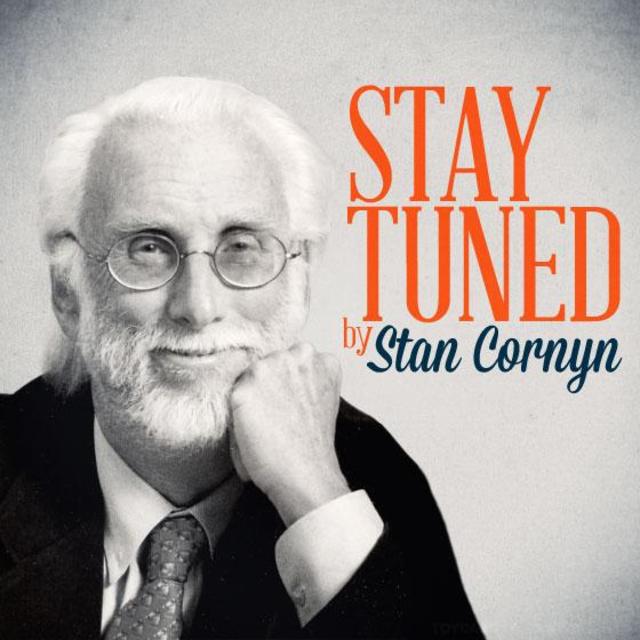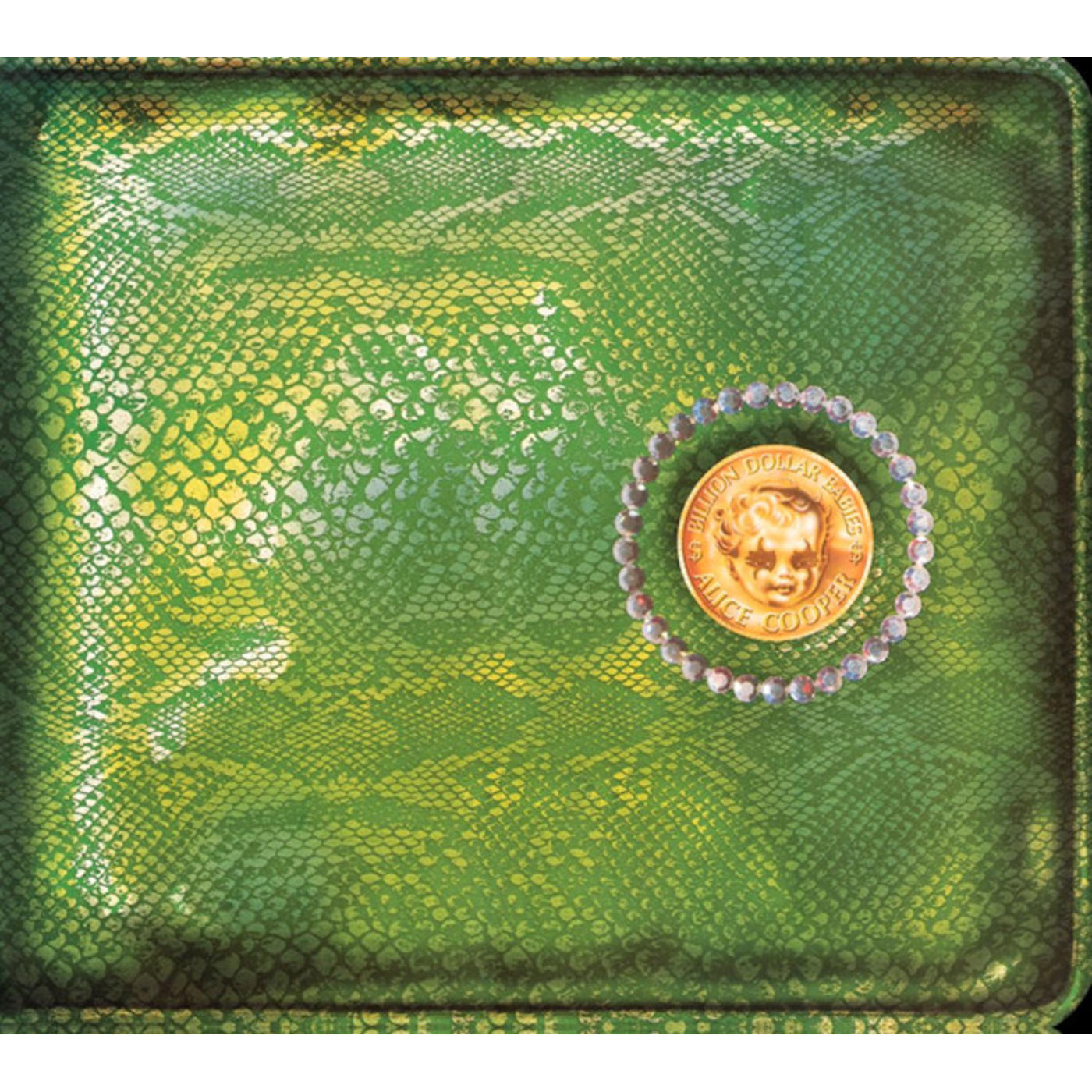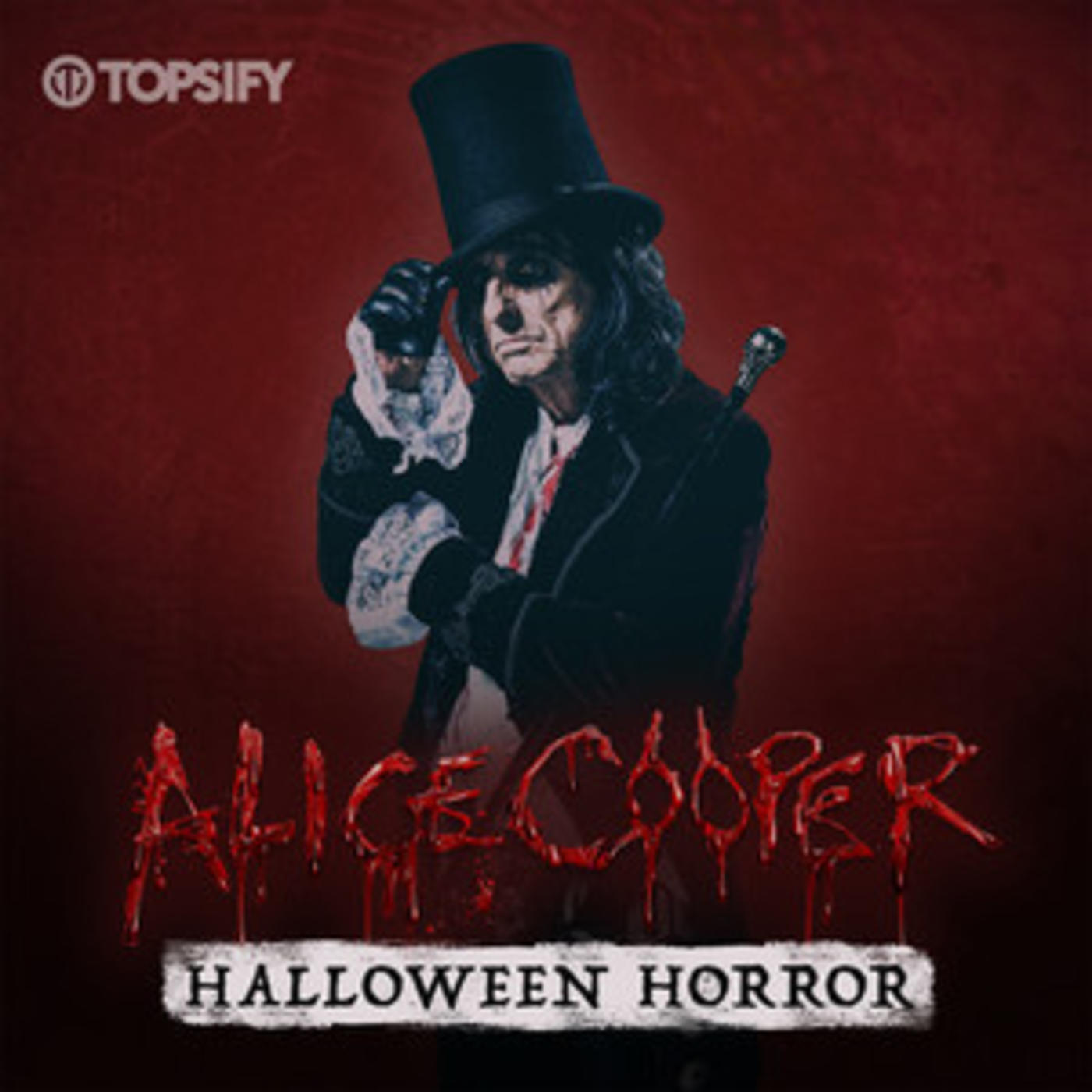Stay Tuned By Stan Cornyn: Alice Cooper Takes Off

Every Tuesday and Thursday, former Warner Bros. Records executive and industry insider Stan Cornyn ruminates on the past, present, and future of the music business.
1971-1973
Alice Becomes a Warner Brother
In 1971, Alice Cooper’s label (Frank Zappa’s Straight Records) is being sold to its distributor-in-chief, Warner Bros. Records. And by the time we get to the bottom of this page, that sale will be a done deal.
Already in 1971, Alice Cooper and his gang were setting up their show-to-pop for 1972. Their cache of stage-mania included super-lighting ($5000 worth) to cover a specially-built stage with 80-foot wide butterfly wings that will encircle and unfold around the band.
The wings are being covered with phosphorus so that lasers projected onto them will draw patterns. This whole super-stage – sectional, collapsible, travel-able – has been designed at the University of Toronto. Props are being made of aluminum tubing, easily lifted, so three people can set the whole stage up in three hours.
Most central to it all is an “electric chair,” stage center, on which sits a life-size figure of Alice, to pop-audience-eyes on cue.
While all this is being made in Toronto, Alice lives in his big house in Detroit, rehearsing for their first big gig, April 1, then off to Atlanta, Chicago, and other innocent arenas. And while all this getting-ready is a-getting, Alice’s single, “I’m Eighteen,” is leaping across the country, prepping America for the bands two-weeks-away album, Love It to Death, which came to retail January 12, 1971.
Some stores objected to its cover, showing Alice’s thumb sticking out of his pants. Warner rushed to de-thumb the cover in various ways. “I’m Eighteen” became a hit despite the thumb problem.
The Los Angeles Debut: July, 1971
(Elsewhere in Rhino’s “Stay Tuned” is a full post about Alice Cooper’s debut in Los Angeles: entitled “MEETING ALICE COOPER.” Recommended reading, and you might want to Click HERE to get all the scoop and prep behind it.)
But for now, it’s opening night at L.A.’s Ambassador Hotel. July 14. As reported in the L.A. Times:
You could tell right off, even from the preliminary entertainment, that either the world was just about to come to an end or even good taste had simply been thrown to the wind. First of all there was Eddie Gould’s band. Not a great band, mind you. Just four aging minstrels who hit wedding parties and 50th anniversaries and whatever else you can get away with syrupy editions of “Somewhere My Love” …
And the Hollywood Reporter wrote it up, too:
Entertainment before the main attraction were the Cockettes, circulating as cigarette girls, two young men as mechanical mannequins who left in their wake sheer amazement at their charming movements. TV Mama (introduced by the leader of her band with ‘She may be TV Mama to you, but to me she’s TV dinner.”
(For more, we repeat our advice to Click on the stuff up above in blue.)
Reaching out and getting attention for its acts’ albums had become one of Warner Bros. Records’ fortes. You can’t reach an audience unless your reach out and get its attention.
1971: Killer
The album collected Alice Cooper’s genre, and critics were quick to use “Killer” terms to describe its eight cuts, terms like “disturbing, despised by grownups, surreal, and, of course, “transvestite.”
The eight tracks audiences for garage rock to rock-as-pop, and was judged to be a major piece of work. It hit #21 on Billboard’s album chart, and two of its tracks as singles made the Hot 100: “Under My Wheels” and “Be My Lover.” Neither of those songs was authored by Alice himself.
Check out “Under My Wheels” – Alice doing pure rock:
The Sex Pistols’ Johnny Rotten called Killer “the greatest rock album of all time.”
1972: School’s Out
Within Warner’s Creative Services, a weekly promo magazine had been coming out, called Circular (as opposed to “Square”). We splurged on one issue’s cover, using cartoonist Gahan Wilson’s graphic to herald Alice’s new album, School’s Out.
Elsewhere within our industry, the inner sleeve for School’s Out had been changed to paper panties, and those were being slid, one per LP, before going out to retail.
1973: Billion Dollar Babies
What began in 1971 as a stage show with $5000 of special lights had by now grown immense.
Within 1973’s release of a panties-free new LP called Billion Dollar Babies, the Alice Cooper clan was again hitting the sky ways, and as never before.
To us at Warners, it felt like the biggest tour ever, exceeding even The Beatles and The Rolling Stones. Some evidences:
1973’s Alice Cooper Show played before 8,000,000 people in 56 cities in North America, and grossed over $4,500,000. The show traveled in an F-27 Electra-jet, equipped with a conference room with a blackjack table, with 1000 Alice Cooper poker chips and 300 decks of cards. The band’s private suite had two videotape projectors, whole seasons of shows like All in the Family and three versions of the movie Dracula, 400 comic books, a quarter of a million cans of Budweiser, 14 cases of VO Scotch, 3000 lbs. of Crunchy Granola, and 5000 pre-prepared meals (with 20,000 Alice Cooper napkins printed with “I’m Alice, Fly Me,” and 26,000 Alice Cooper cups).
On the ground, two semi trucks worked full-time to haul 40,000 lbs of other paraphernalia: the band’s sound equipment, one guillotine, one dentist’s chair, one surgical table, one sawing-in-half machine, four whips, six hatchets, 22,000 sparklers, 14 bubble machines, and a whole lot more.
Big.
The set itself had four 20-foot-high towers done in silver. The “concert” was directed by magician The Amazing Randy. During the shows, Alice will toss $12,000 in “cash” into the crowds, and 250,000 packages of bubble bath.
And to climax the show, Alice gets rushed, manhandled, and guillotined, his head lifted high above the crowd. He quickly rejoins the living, waving an American flag and leading the entire band (“cast”) on stage in time to Kate Smith’s version of "God Bless America.""
Soon enough, the album of it all, called Billion Dollar Babies came out, and quickly the first single, “Hello Hooray.” To accompany that single, Warners used an electric message sign rented in Times Square, and it documented radio stations as they’d add the single to their play list. In all, four singles from the album hit the charts, and Alice finally felt Platinum.
Take a look at "Hello Hooray”:
In 1973, Alice was decapitated 56 times, in a Billion Dollar Show.
1973: Muscle of Love
With this album, Alice Cooper concluded his “band” recordings, and thereafter recorded as the solo, studio guy. He felt it was time to get back to regular rock, and ease up on the theatricality of the Band.
“I really wanted this one to have more guys to it,” he told us. “More balls.”
But the band-days were exhausting and the members were pooped. Much of the album is urban sex-oriented, Cooper once described. New York was into sex clubs now, and the band was a frequenter of the Hippopotamus Club. “Never Been Sold Before” was about a prostitute, and the title song’s a clear description of “sexual awakenings.” “Teenage Lament ‘74” became the album’s single. And here’s what he laments: his parents.
And I know trouble
Is brewin' out there
But I can hardly care
They fight all night
About his private secretary
Lipstick stain, blonde hair, oh, oh, oh
What are you gonna do
I tell you what I'm gonna do
Why don't you run away
I'm gonna leave today
The Muscle’s album cover was styled as simply as possible: a cardboard carton. But inside, on the inner sleeve, the band is shown as sailors outside a nude wrestling show, beaten to the sidewalks.
And so, in 1974, Alice Cooper, like his Teenage Lament audience, Alice ran away from his Band, and went solo. On Warner Bros. for the next decade.
- Stay Tuned


